New Zealand researchers aim to combine plasma thrusters and superconducting magnets.
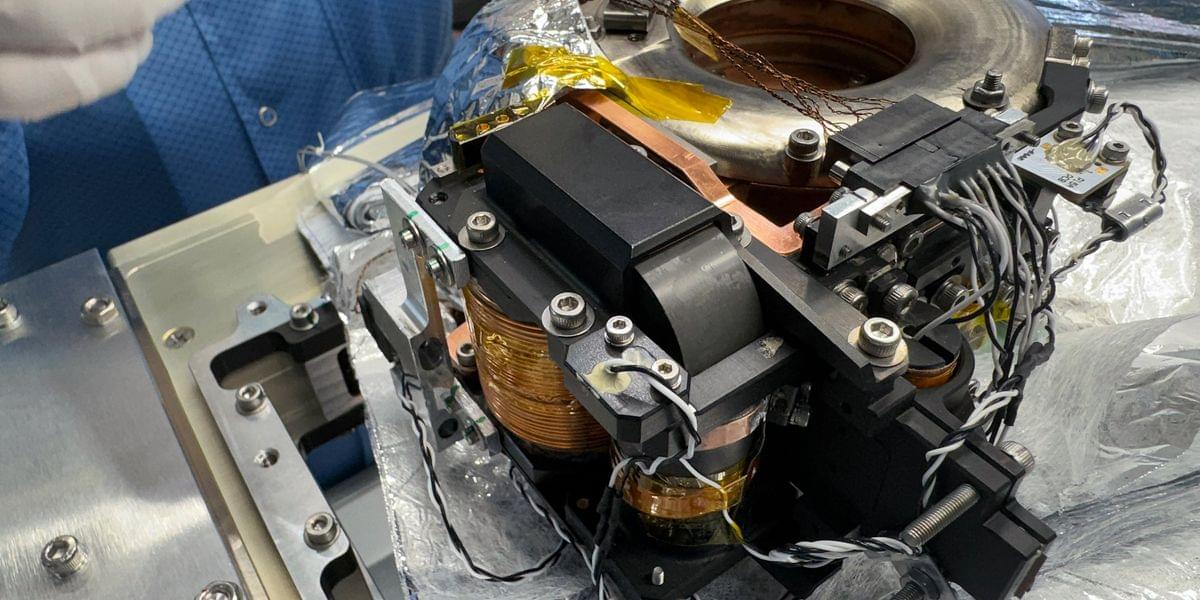

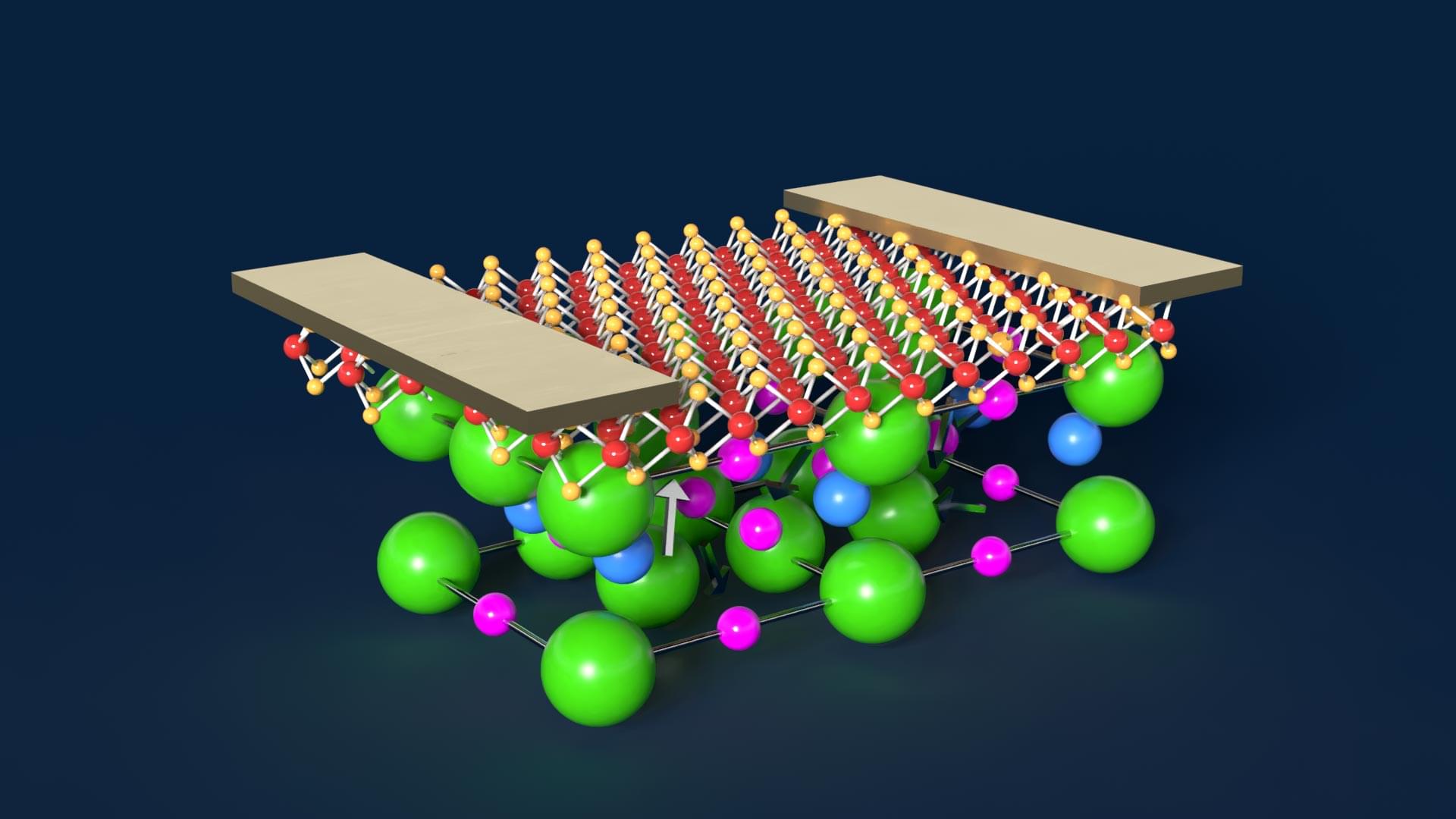
Researchers have discovered that incipient ferroelectricity can revolutionize computer memory, enabling ultra-low power devices.
These unique transistors shift behavior based on temperature, making them suitable for both traditional memory and neuromorphic computing, which mimics the brain’s energy efficiency. The use of strontium titanate thin films reveals unexpected ferroelectric-like properties, hinting at new possibilities in advanced electronics.

Superconductivity is an intriguing property observed in some materials, which entails the ability to conduct electric current combined with an electrical resistance of zero at low temperatures. Physicists have observed this property in various solid materials with different characteristics and atomic thicknesses.
A team of researchers at Nanjing University in China recently carried out a study aimed at further exploring the behavior of niobium diselenide (NbSe₂), a layered material that has been found to be a superconductor when it is atomically thin. Their paper, published in Physical Review Letters, unveils resilient superconducting fluctuations in atomically thin NbSe₂, which could play a part in the anomalous metallic state previously observed in this material.
“Our study was inspired by a long-standing puzzle in condensed matter physics, which can be summarized by the question: can metals truly exist in two dimensions as the ground state?” Xiaoxiang Xi, senior author of the paper, told Phys.org. “While we understand the behavior of everyday metals and insulators, ultrathin materials—like sheets just one atom thick—challenge these conventional rules.”

Second, the crucial point is that there is no such thing as “natural resources.” That term implies that resources are already existing quantities that we merely have to pick up. In reality, resources are services that we derive by combining raw materials with knowledge and purpose. As Simon put it:
“…natural phenomena such as copper and oil and land were not resources until humans discovered their uses and found out how to extract and process them, and thereby made their services available to us. Hence resources are, in the most meaningful sense, created, and when this happens their availability increases and continues to increases as long as our knowledge of how to obtain them increases faster than our use of them, which is the history of all natural resources.” (p.75 footnote)
When people talk about what percentage of world resources are used up by the population of the USA they fail to recognize the creation of resources. Humans have become ever better at creating resources. Consider farmland. Farmland is not a natural resource. It requires tools and work by humans to produce what we want. And metals: Before we knew how to extract and use them, the vast amounts of tin, lead, iron, aluminum and other metals were not resources, they were merely materials. Neither oil nor gas nor petroleum were considered resources until humans saw how to use them to produce value and added our knowledge to turn minerals into resources.
“This discovery not only sets a new standard for superelastic materials but also introduces new principles for material design, which will undoubtedly inspire further breakthroughs in materials science,” Xu said.
The newly developed Ti-Al-Cr shape-memory alloy is part of the titanium alloy family, known for being lightweight, strong, biocompatible, and resistant to corrosion. What makes this alloy particularly exciting is its ability to maintain superelasticity across a wide temperature range, making it highly suitable for extreme environments such as deep space and deep-sea exploration.
In space missions, materials must endure harsh conditions while remaining functional. Current superelastic tires made from nickel-titanium (Ni-Ti) for upcoming Moon and Mars missions have limited temperature ranges, which could affect their durability.
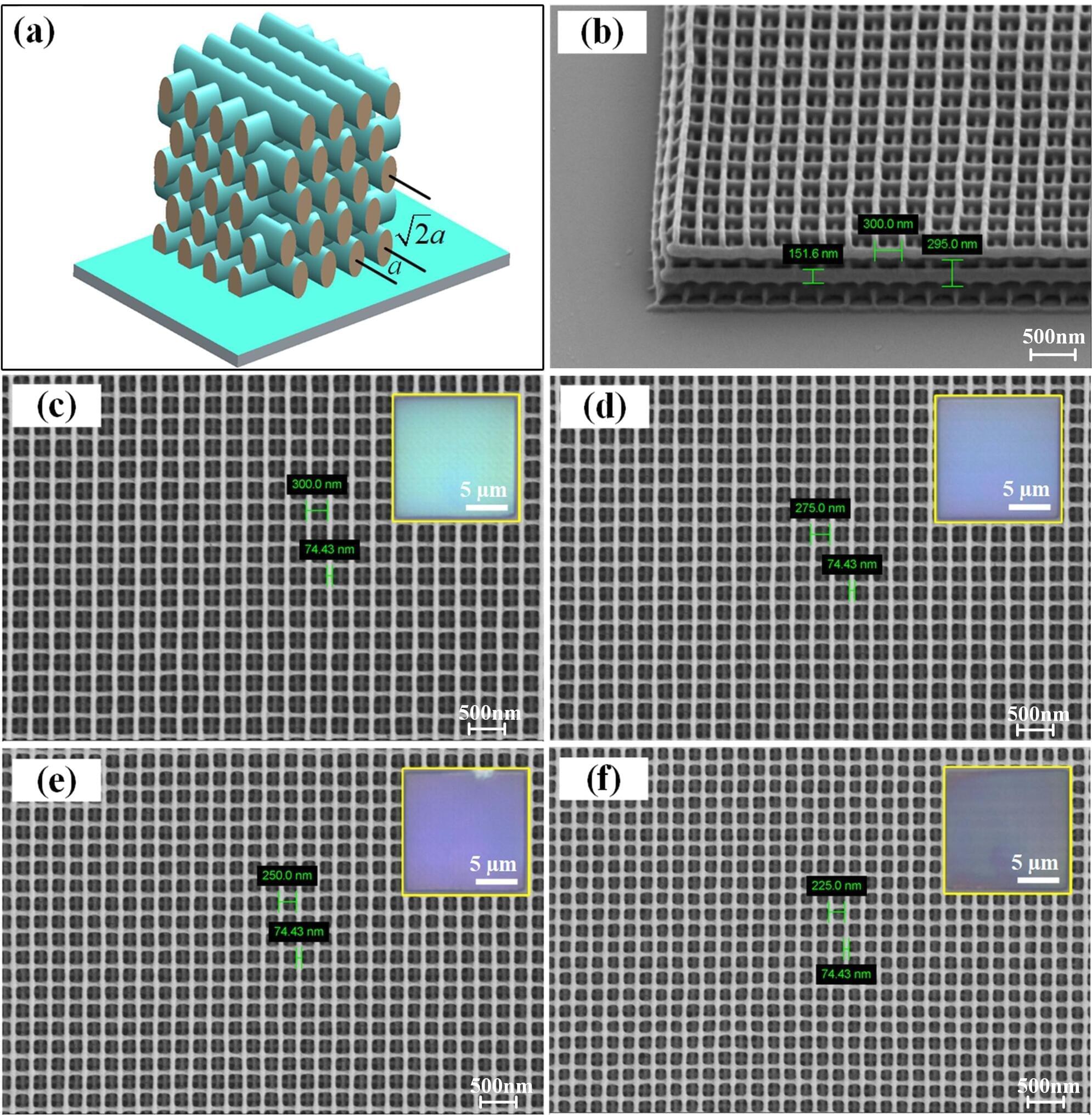
For the first time, researchers have used high-speed laser writing to create lines spaced just 100 nm apart on a glass substrate. The optimized printing approach could enable super-resolution 3D direct laser writing (DLW) of microlenses, photonics crystals, micro-optical devices, metamaterials and more.
DLW is an additive manufacturing technique that uses a focused laser beam to selectively solidify, or polymerize, a material with nanoscale precision. DLW typically uses multi-photon polymerization to polymerize materials in a precise, 3D manner.
“Increasing the resolution —the minimum distance between two adjacent features—is difficult because the intense laser light can cause unwanted exposure in nearby areas during DLW,” said Qiulan Liu, a member of the research team from Zhejiang Lab and Zhejiang University in China. “However, by using a unique dual-beam optical setup and a special photoresist, we were able to overcome this challenge and achieve super-resolution DLW.”
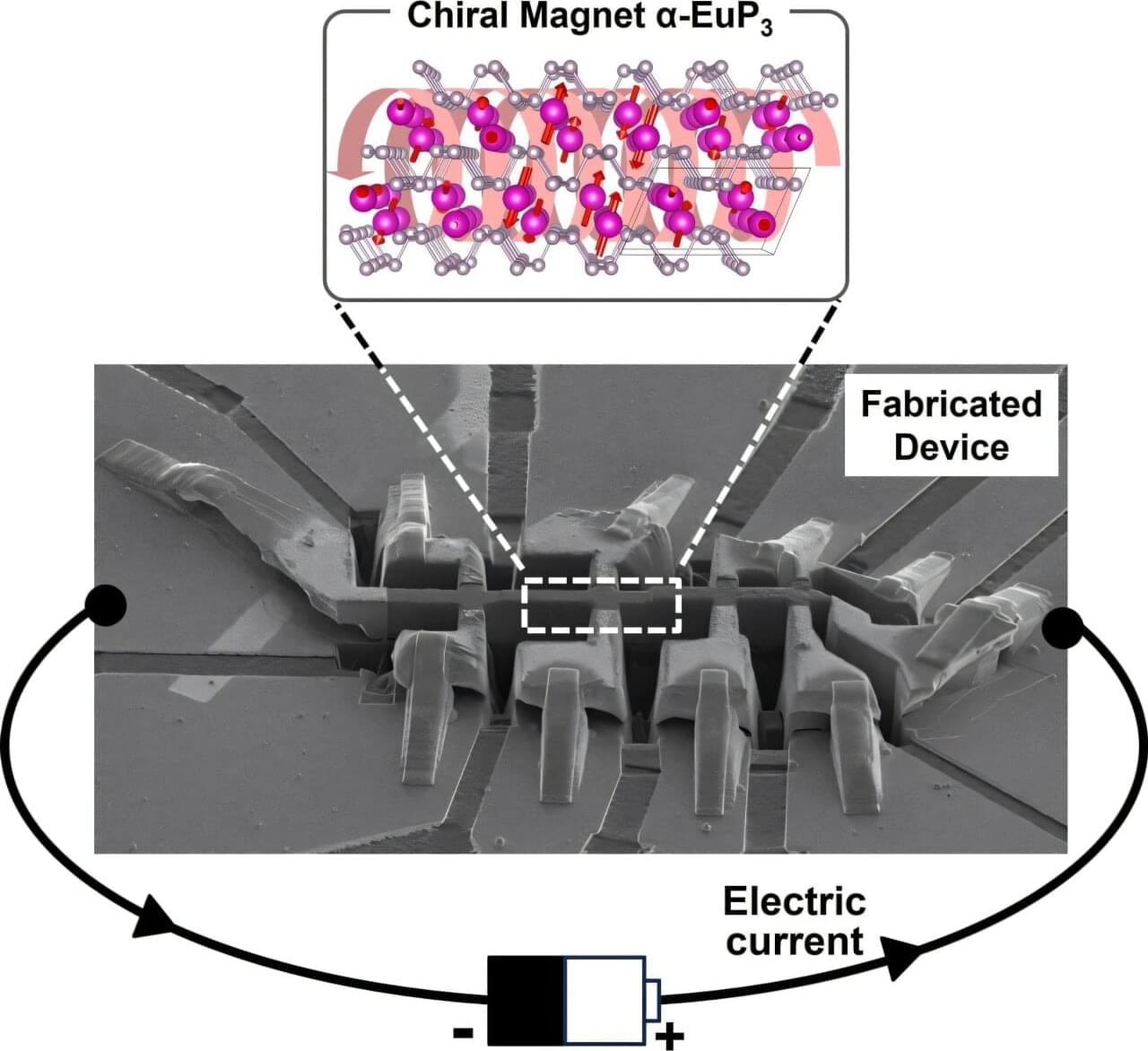
Researchers at Tohoku University, the University of Manchester, and Osaka University have made a breakthrough that has the potential to ignite the development of next-gen chiral information technology.
The findings are described in a study published in Proceedings of the National Academy of Sciences.
Chirality is a property of materials where their mirror image is not identical to the original—just like our left and right hands. This unique characteristic creates two distinct states, which researchers believe could one day be used to store digital information, much like the “0” and “1” states in conventional computing.
On Wednesday, NASA and SpaceX successfully launched the Intuitive Machines IM-2 mission from Kennedy Space Center in Florida. It aims to deliver multiple payloads, including NASA’s Lunar Trailblazer, to detect water on the Moon. The lander, named Athena, will take an eight-day journey to the Moon’s South Pole, where it will conduct studies on subsurface materials and volatile substances. Data collected from the mission could inform future Artemis program missions and commercial lunar activities.
Where to watch LiveNOW from FOX: https://www.livenowfox.com/
Follow us @LiveNOWFOX on Twitter: / livenowfox.
Raw and unfiltered. Watch a non-stop stream of breaking news, live events and stories across the nation. Limited commentary. No opinion. Experience LiveNOW from FOX.
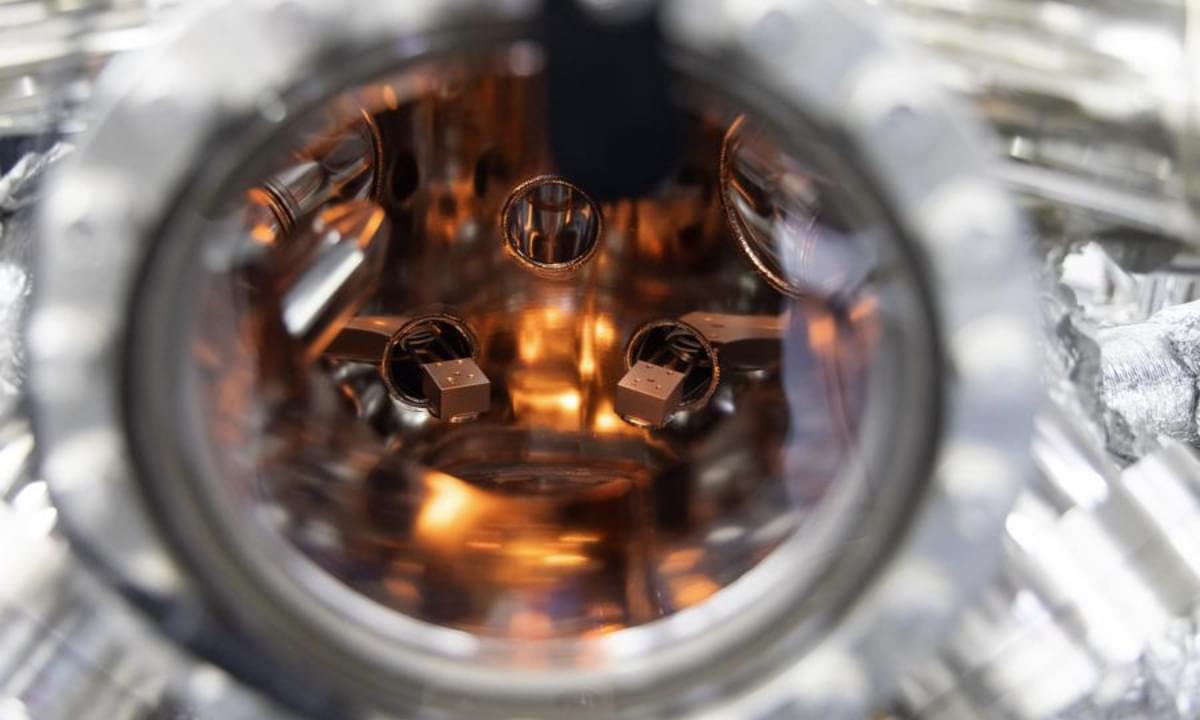
What astonishing phenomena might materials reveal when they are subjected to conditions mimicking the extremes of the cosmos-ultra-low temperatures, magnetic fields that are hundreds of thousands of times stronger than Earth’s, and pressure close to that at the planet’s core?
The Synergetic Extreme Condition User Facility (SECUF), located in Beijing’s suburban Huairou District, is opening a portal for scientists to observe the bizarre phenomena of matter under such extreme environments.
After starting construction in September 2017, the SECUF passed national acceptance review on Wednesday, marking the completion of the internationally advanced experimental facility integrating extreme conditions such as ultra-low temperature, ultra-high pressure, strong magnetic fields, and ultra-fast optical fields.
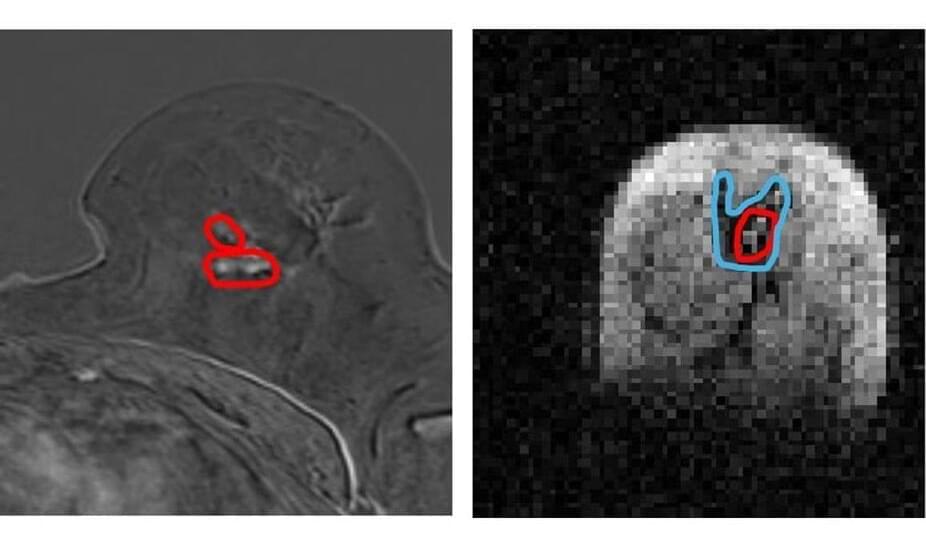
A new scanner which can distinguish tumour material from healthy tissue more accurately than current methods could change the way breast cancer is diagnosed and treated, researchers have said.
It is hoped the scanner, developed by scientists at the University of Aberdeen, could lead to patients undergoing fewer surgeries and receiving more individually-tailored treatments.
Scientists from the university, in collaboration with NHS Grampian, used a prototype version of the new Field Cycling Imager (FCI) scanner to examine the breast tissue of patients newly diagnosed with cancer.